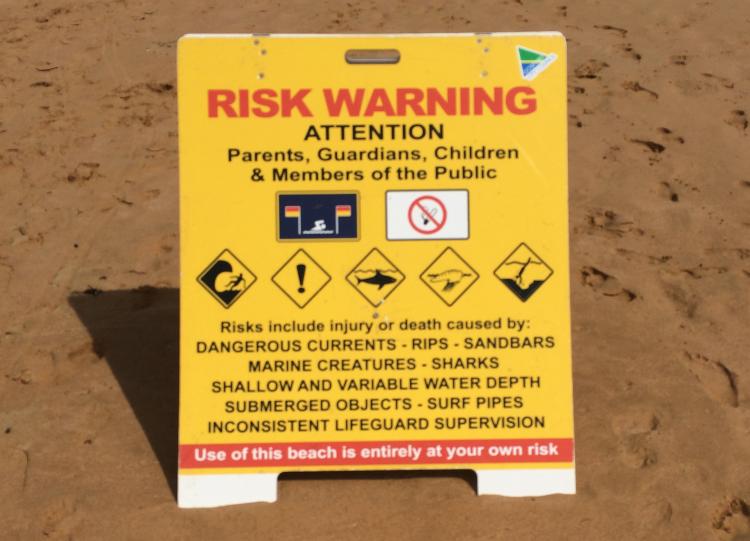
Image: Ian Michael
I am firmly convinced that the Open Access model is the future of scientific (and academic) publishing. It is inherently more efficient, as well as having the obvious benefit of greater exposure for research published under this model. However, there are risks; one of which is the flood of new journals that have the sole aim of making money without consideration of publishing standards.
I am sure that, like me, you are bombarded daily by invitations to contribute to journals you have never heard of or from companies you don’t know; although some may seem cheekily familiar. It really isn’t difficult to spot these and I am amazed that they receive any papers. Of course, for many of these, the implied offer is pay us and we’ll publish whatever you want. I feel that this problem will be comparatively short-lived; at least in its current, crude offerings. There have been a number of steps taken to sort the wheat from the chaff.
Until the beginning of 2017, Jeffrey Beall, an American librarian, maintained a list of “predatory” publishers and journals. This suddenly was withdrawn from the web. Recently, a commercial product has appeared published by Cabells which contains a whitelist and blacklist of journals. This is a subscription product, so I haven’t been able to look at it (I said Open Access was the future, didn’t I!). However, their web page (https://cabells.com/get-quote) says that the Blacklist contains 5948 journals and the Whitelist 11,227. That means that over a third of all journals they list are blacklisted! That is truly frightening.
Some other (free) places to check are:
- Directory of Open Access Journals: https://doaj.org
- Sherpa Romeo: http://www.sherpa.ac.uk/romeo/
- Think Check Submit (http://thinkchecksubmit.org) offers more detailed advice on choosing a safe journal.
For me, it really just comes down to common sense.
Needless to say, JSI—Journal of Spectral Imaging ticks all the boxes and you can be sure that you are publishing with a reputable journal.
